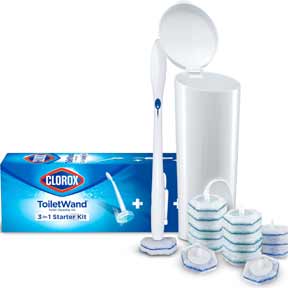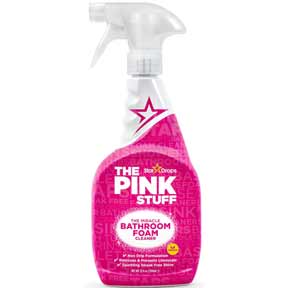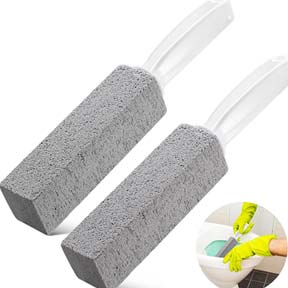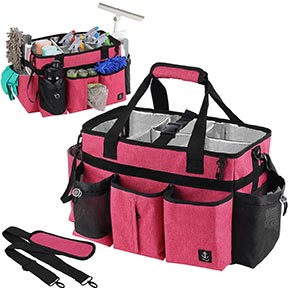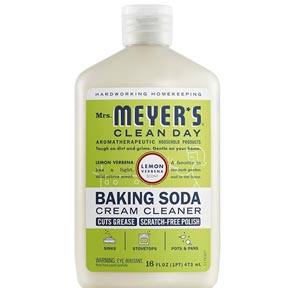Cleaning Grout

How to Clean and Maintain Grout.
The Basics of Keeping Grout Clean
Grout – the material between your tiles – is typically made from a mix of sand, cement, and water. If it’s colored, a dye is added. Over time, grout can become stained from food spills, mold, mildew, and general dirt and grime. Basically, it attracts mess like a magnet. That’s why cleaning grout regularly is so important – it keeps your surfaces looking neat and well-maintained. No matter where your tiles are – kitchen, bathroom, entryway – cleaning grout is key. Dirty grout makes the entire area look unkempt, and nobody wants that.Step 1: Loosen Surface Dirt
Before deep cleaning grout, start by wiping down the grout lines with a sponge and warm water. This helps loosen and lift any surface dirt. No need to scrub yet – just wipe gently. When finished, dry the area with a towel.Step 2: Try a DIY Grout Cleaner
There are tons of commercial grout cleaners out there, but many are packed with harsh chemicals. If you prefer a more natural route (like I do), try this easy homemade recipe. It’s from the 1950s and still works like a charm!What you’ll need:
- Baking soda
- Water
- White vinegar (in a spray bottle)
Instructions:
- Mix baking soda with a bit of water to make a thick paste – like pudding. It should be thick enough to stay in place on the tile.
- If the paste starts drying out while you’re cleaning grout, just add a little more water.
- Fill a spray bottle with plain white vinegar.
Step 3: Clean the Grout
Apply the baking soda paste directly onto the grout lines. Use an old toothbrush or a stiff scrub brush to work the paste into the grout using a circular motion. This helps lift dirt from all angles – scrubbing straight up and down can just smear grime around. Once you’ve scrubbed the paste into the grout, spray the area with vinegar. It will fizz a bit (that’s a good sign!). Scrub again, then rinse everything with clean water and dry the area. This method is great for cleaning grout without harsh chemicals.For Tough Grout Stains
If your grout is extra dirty or stained, you may need to bring in a stronger solution:Hydrogen Peroxide Method
- Mix 1 cup hydrogen peroxide with 1 cup water.
- Dip a stiff brush into the solution and scrub the grout.
- Let it soak for a few minutes for deep stains.
- Important: Do not use this on dark-colored grout – it may lighten or discolor it.
Bleach for Mold and Mildew
- Mix 1 part bleach to 3 parts water (25% bleach, 75% water).
- Spray onto moldy or mildewed white grout.
- Let it sit – most of the stains will disappear quickly.
- Rinse thoroughly to remove all bleach residue.
Keeping Grout Clean
To make your hard work last longer and reduce how often you’re cleaning grout:In the Shower
- Use a squeegee after each shower.
- In between cleanings, spray tiles every few days with a 4:1 water-to-vinegar solution.
On Floors
- Place mats at entrances to reduce dirt tracked onto tile.
- Sweep and mop regularly – especially in high-traffic areas.
Sealing Grout
- High-traffic areas (like busy floors or daily-use showers) should be resealed every year.
- Low-traffic areas can usually go about two years between resealings.
Bathroom Cleaning
